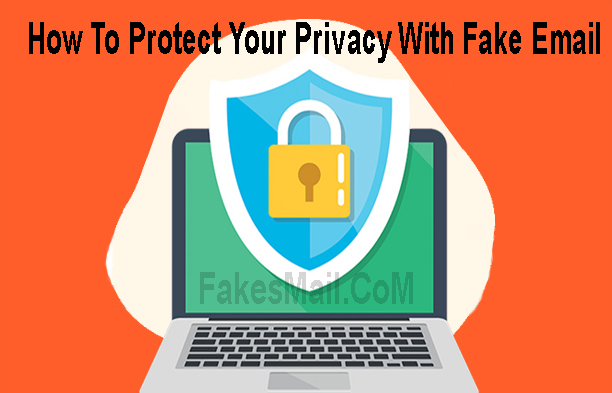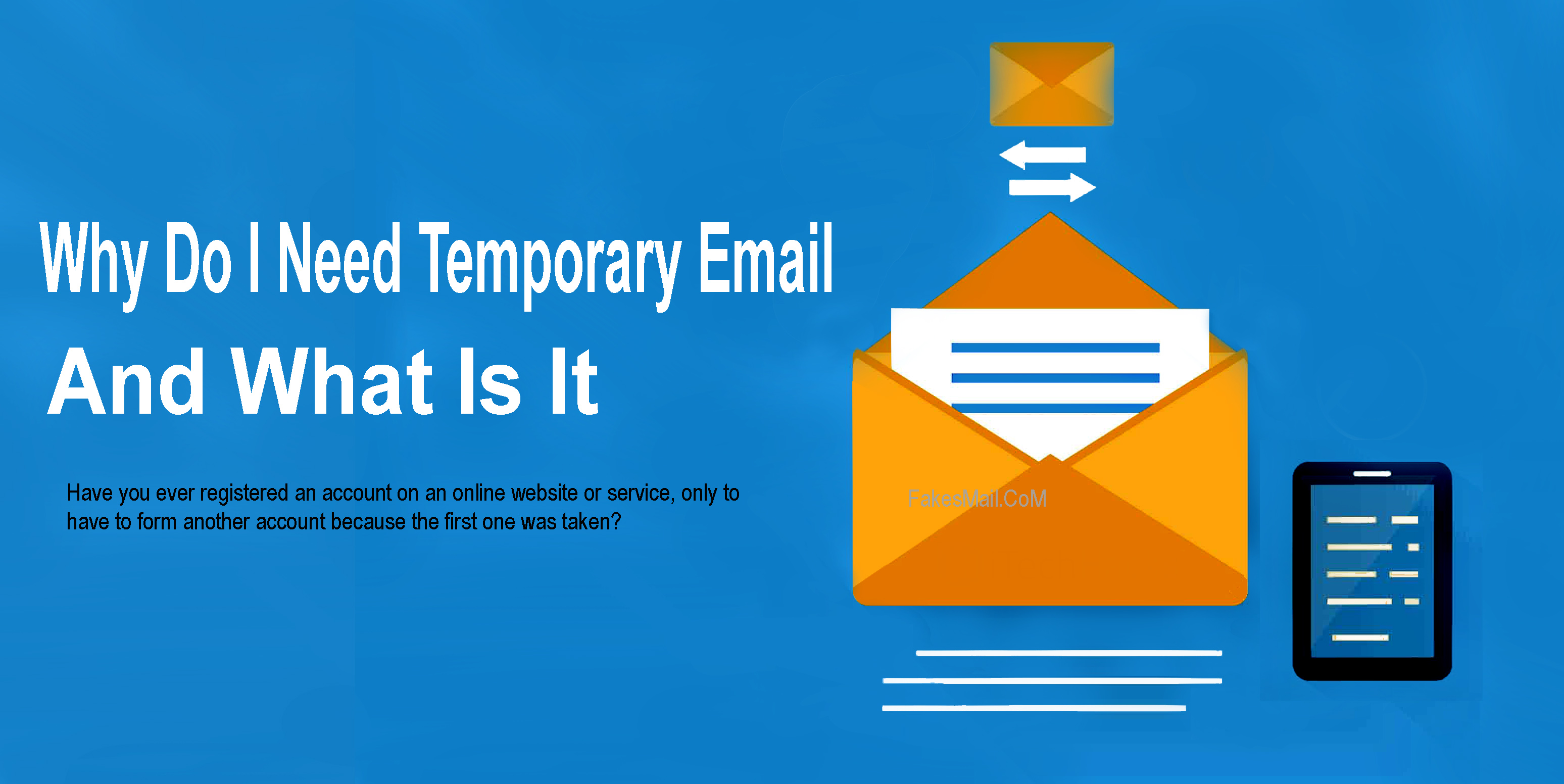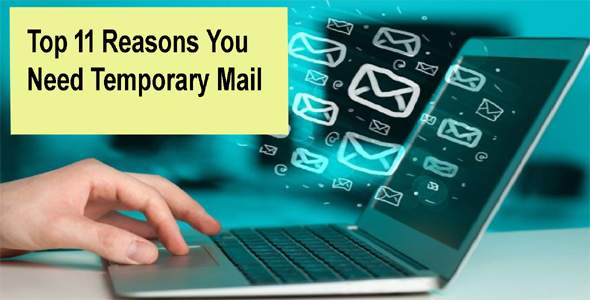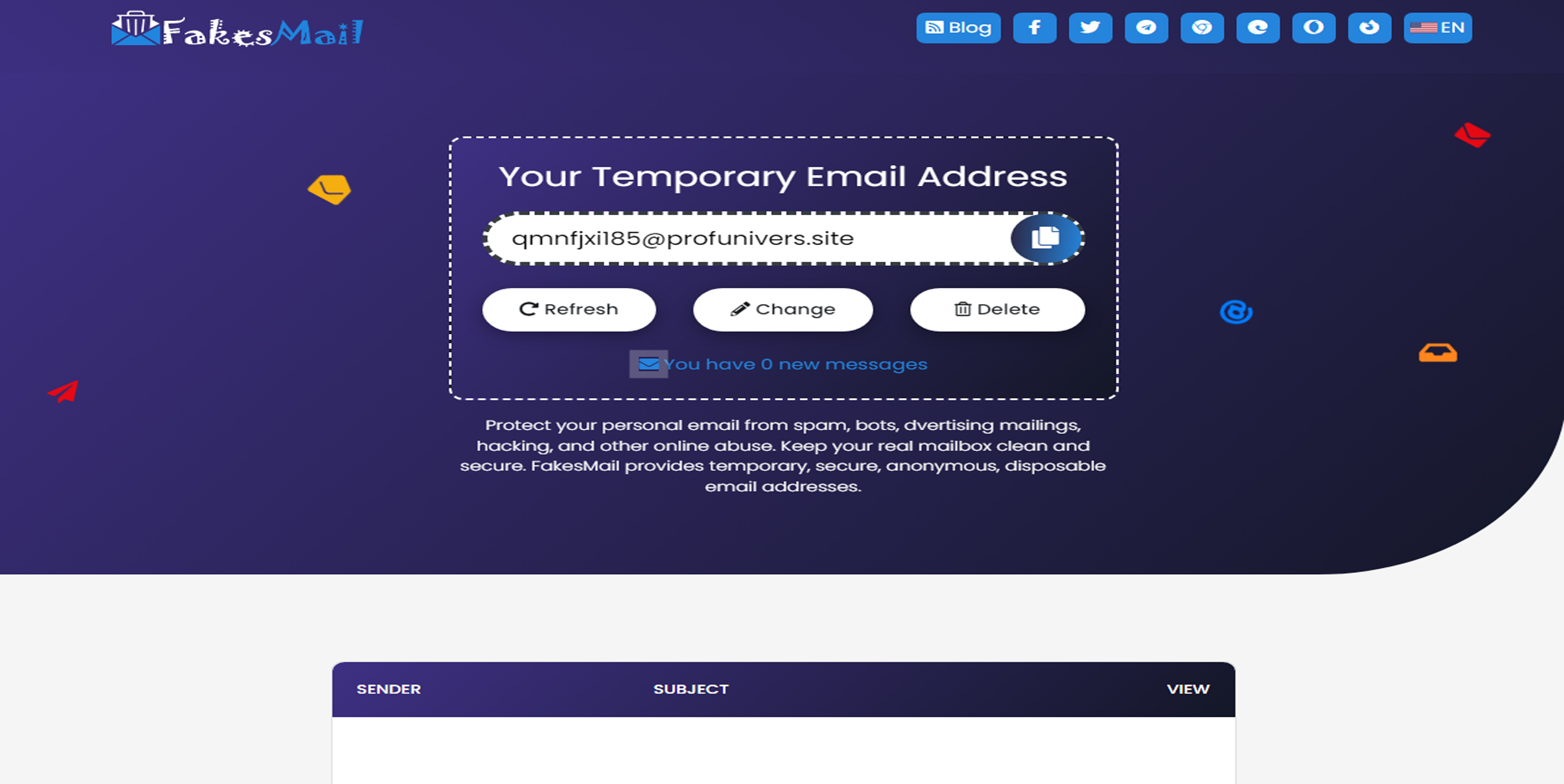Do you have something you would like to keep secret from your boss, coworkers, or clients? you'll set up fake email addresses that help you conceal what you're doing online and protect your private accounts from others trying to snoop on them. Here's a way to set up and use fake email accounts to boost your privacy and security online.
Why Use Fake Email?
While fake email doesn't offer complete privacy, it can prevent you from being tracked by advertisers or blocked by spam filters. More importantly, it's easy to set up and free. Fake email allows you to send and receive emails without using your email address. this can be particularly useful if you do not want companies tracking your information but still want to purchase online. Plus, having a fake email gives you more control over when and the way often you hear from businesses than an accurate account tied to your name, address, and payment information.
Choosing a Fake Email Provider
There are lots of fake email providers out there. it is important that you just choose one that's safe and secure, allowing you to speak without fear of being tracked or hacked. Many services provide options for multiple email addresses, different domains, and advanced security features. you'll also want an opportunity to pay with bitcoin or another cryptocurrency if privacy may be a top priority for you.
Using the Fake Account
If you would like your email address to stay private, then it's essential that you don't use your real name or any details about yourself. this is not a foolproof solution, but if you use something like Gmail and build a fake account, Google won't keep track of what other sites your account is signed up for. It does not require additional software. Avoid using details about yourself in your name and email address.
How to Pick a good Password
It's not an exaggeration to say that your password is one of, if not the most important things you must protect your privacy. So it should be no surprise that a good passphrase is long and complex, but we use it each day. That's why it's crucial to follow some simple guidelines when picking out a new one. It helps avoid common phrases like 12345678 or password12345, which hackers will quickly decipher; numbers and symbols do help, but they needn't be limited by just those characters either.
Resetting your Password
Rather than creating a new account, try signing up for an account at an email service that has disposable emails. This way, you've got a constantly shifting assortment of faux emails but no real ones. you'll be able to sign up for free accounts on several websites and apps, like Mailinator or 10 Minute Mail. you will get a different email address anytime you sign in; if anyone tries to contact you via one of your fake addresses, it won't go anywhere. And once you no longer need it, if your password gets compromised or the service stops offering disposable email you can delete that address forever and move on to another one in all your clean email identities.
Revising your Settings
Most of us have our email accounts set up to push out new messages as soon as they arrive or maybe before that. But if you're concerned about privacy and security, it would be time to create a change. we can't get into why it's essential to tweak your settings, but we'll walk you thru how. the easiest way is by going directly into your account settings and turning off (or making private) any features you do not want others accessing. Most email providers offer multiple security levels these days, we recommend checking all of them. Finally, consider creating a brand-new Gmail account for sign way; you'll never forget which one is real and which is fake.
Deleting an Old Account
When you delete an account, all of your data and data are gone forever. However, if you have got a social media account that you now do not use or want, you'll deactivate it. An invoice will remain active when deactivated, but no new information will be posted or stored there by any of its users (including you). Deleting an account completely removes all data from Twitter's servers and permanently deletes your tweets and followers. Deactivation allows you to return later if desired; restoring a suspended or deleted Facebook, Instagram, Tiktok and Twitter account are impossible.




